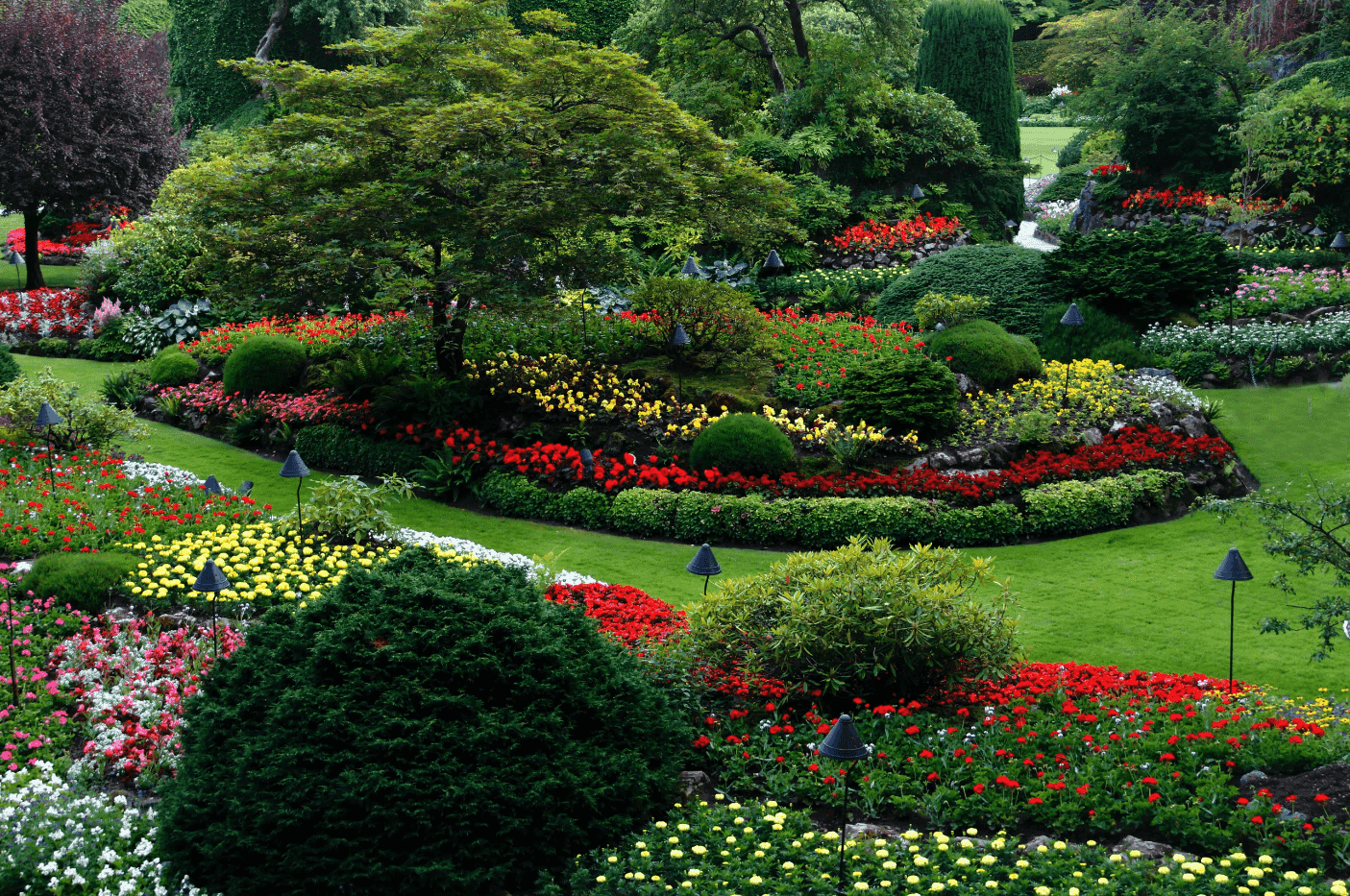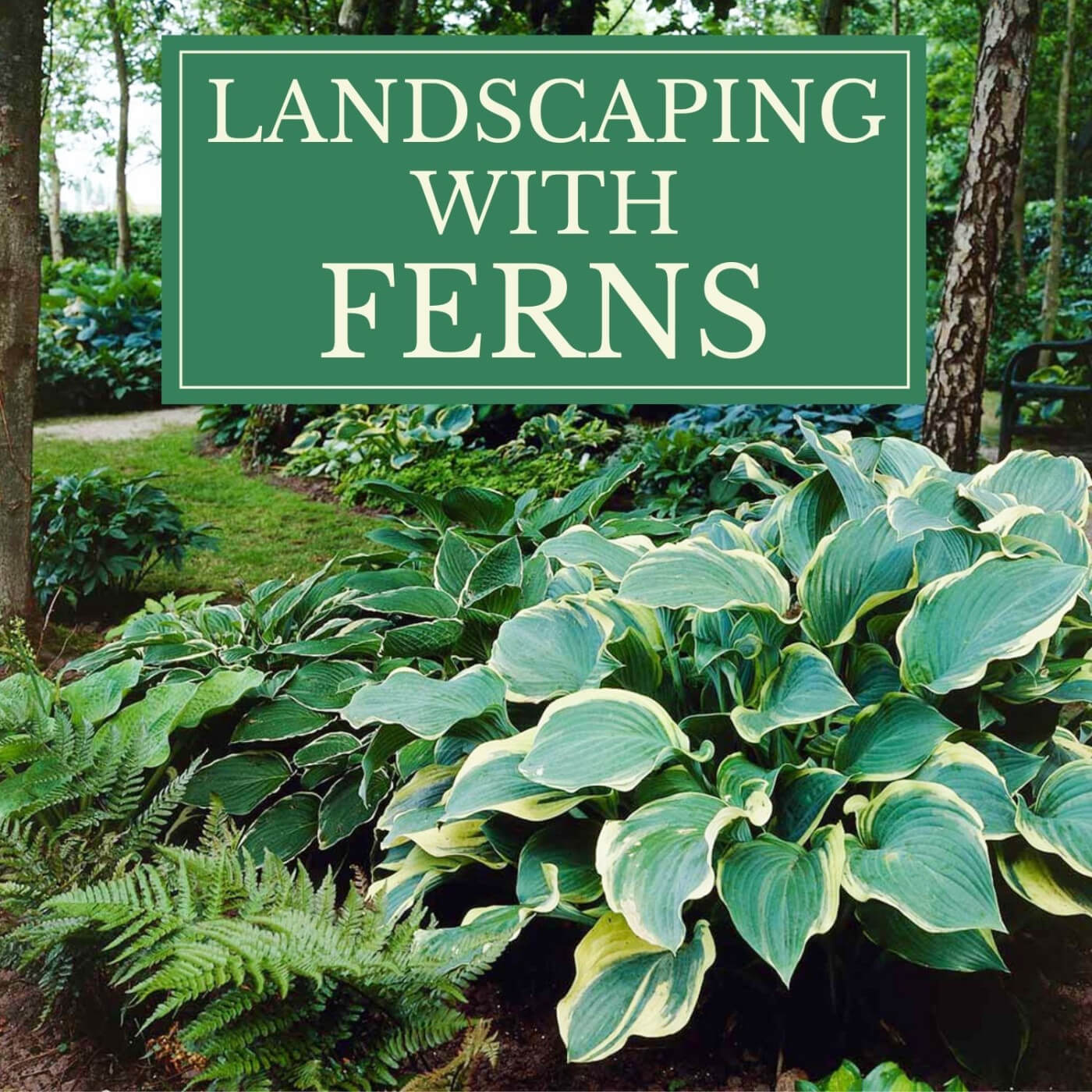
Beautify Your Space: The Joy of Planting Trees, Shrubs, and Flowers Around Your Yard
Have you ever looked at your yard and felt something could be added, an element of life, color, or tranquility? What if I told you that by planting a variety of trees, shrubs, and flowers, you could transform your outdoor space into a serene sanctuary, an eco-paradise that not only pleases your eyes but also benefits the environment. Sounds good, right? Well, let’s dive into how you can turn that dream into reality!
The Magic of Trees: More Than Just Shade Providers
Trees are truly magical. They don’t just offer shade on sunny days; they cater to a myriad of environmental benefits, making them garden essentials. When you plant a tree, you’re investing in the future—both yours and that of the planet.
With the right tree selection, you can enjoy the perks of having a beautiful center point in your yard. Consider the type of tree that suits your region’s climate and soil condition. If you have a smaller space, there are several dwarf or columnar varieties of fruit trees that don’t spread out much but still add vertical splendor and even offer fresh fruits in the right season.
If you’re looking for something that provides shade and also changes with the seasons, deciduous trees like maples or oaks are great choices. For year-round greenery, evergreens like pines or spruces are excellent. Trees also attract wildlife, like birds and butterflies, turning your yard into a tiny, bustling ecosystem!
Shrubs: Low Maintenance, High Impact
Shrubs fill the middling space that might otherwise look empty in a garden. They furnish your outdoor space with structure, texture, and color, demanding relatively little care in return. Evergreen shrubs maintain a constant presence whilst deciduous types give you seasonal surprises with their changing foliage and flowers.
For example, boxwood provides a classic, evergreen backdrop, and perfect for creating borders or hedge mazes if you’re up for a bit of fun! On the other hand, flowering shrubs like hydrangeas give you stunning blooms that can jazz up any corner of your garden.
It’s important to think about their growing needs—such as sunlight, water, and space—as well as their mature size, to avoid any gardening mishaps. After all, you’d want your gardening experience to be as peaceful and hassle-free as possible, wouldn’t you?
Flower Power: A Riot of Colors
Now, what’s a garden without flowers? They are the jewels of any yard, a visual treat that turns a plain space into a painter’s palette. Flowers, from the dainty to the dramatic, give your garden variation and a burst of life.
Annuals, like petunias or marigolds, live for one season, offering bright splashes of color. They’re perfect if you enjoy changing your garden’s look every year. Perennials, such as coneflowers and daylilies, return yearly, becoming familiar friends that greet you with their seasonal blooming.
But why stop there? Edible flowers like nasturtiums can add both beauty and a peppery zest to your salads! The versatility of flowers means that there’s something for everyone. Intersperse them with your shrubs and trees, or dedicate a whole section as a colorful flower bed. Just remember to plant them where they’re happy—some love the sun, while others prefer a bit of shade.
Gardening for Wellbeing and Wildlife
One of the greatest joys of gardening is the array of benefits it provides. Beyond the aesthetic pleasure, working with plants can be incredibly soothing, reducing stress and improving mental wellbeing. There’s something inherently peaceful about nurturing growth and being a part of the natural world.
Moreover, your plant selection can contribute to the local ecosystem. For instance, native plants will often require less maintenance as they are adapted to the local environment, and they provide the perfect habitat for native species of insects, birds, and other wildlife.
Plan Your Planting Adventure
Before you start, it helps to sketch out a simple plan. Think about the heights, colors, and textures you want to include. Remember to consider each plant’s growth habits and space requirements to avoid overcrowding your garden. Also, think about bloom times if you’re planting flowers; that way, you can have a display that’s evolving throughout the seasons.
Starting small is perfectly okay. You don’t have to do your whole yard in one go. Choose a spot to begin with, and expand your garden gradually. It’ll be less overwhelming and give you the chance to learn as you grow—quite literally!
Lastly, don’t skimp on the soil prep. Good quality soil is the foundation of a vibrant garden. Enrich it with compost or other organic matter to provide your plants with the nutrients they need to thrive.
Get Involved: The Community of Gardeners
You’re not alone on this green journey! There’s a whole community of fellow gardeners out there. From local gardening clubs to online forums, you can find tips, share experiences, and perhaps even swap plants.
Nurseries and garden centers usually staff folks who are passionate about plants and can give you insightful advice on what varieties will work well for your yard. The more you interact with fellow plant enthusiasts, the more ideas and inspiration you’ll gain for your own green space.
Final Blooming Thoughts

So there you have it—a guide to adding life, beauty, and sustainability to your yard through the simple act of planting trees, shrubs, and flowers. Each plant you install contributes to a healthier, happier living environment and encourages a connection with nature right on your doorstep.
Embrace the organic, though sometimes unpredictable, process of gardening. Enjoy the serendipity of seedlings sprouting, the excitement of first blooms, and even the lessons learned from the occasional wilted leaf. Gardening is not just about the plants; it’s about the growth of the gardener as well.
Roll up your sleeves, put on your gardening gloves, and embark on this delightful planting endeavor—your future self, buzzing bees, and chirping birds will thank you for the lush, vibrant haven you’ve created!